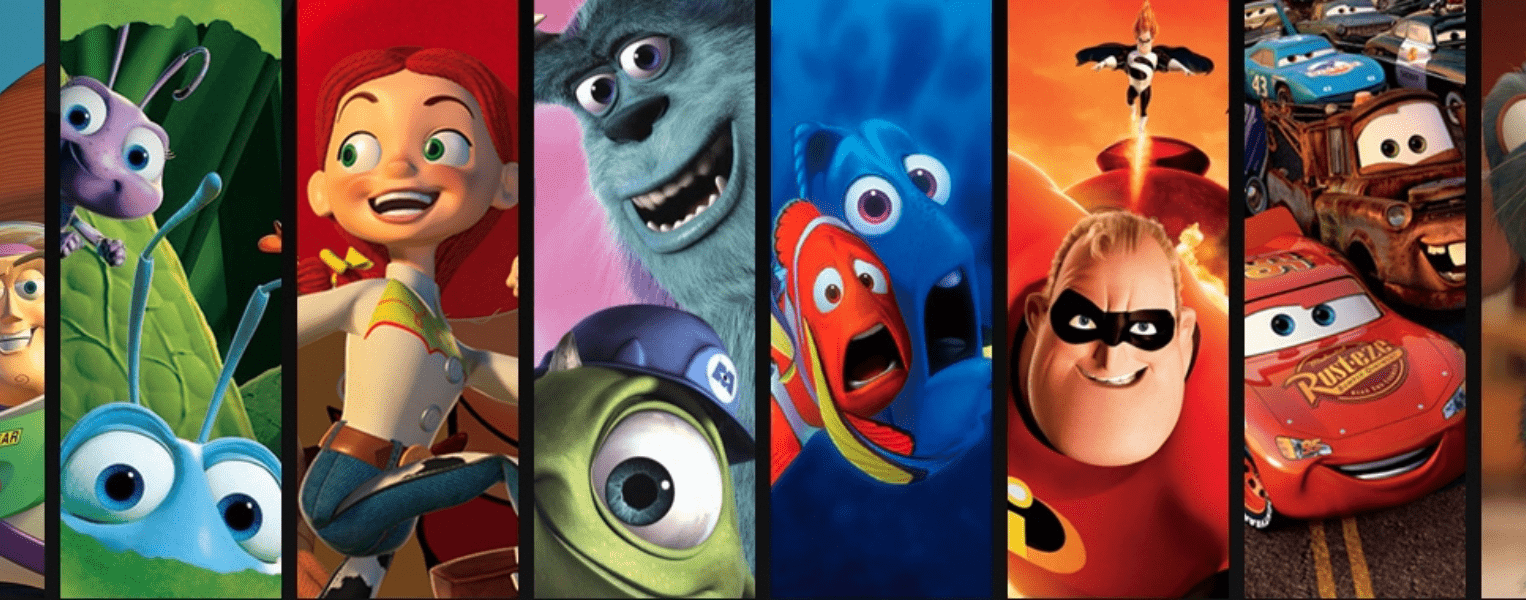
Choosing the right career path after completing the 12th grade is a significant decision that can shape your future. For those with a creative bent and a passion for storytelling through visuals, animation courses after 12th can open a world of opportunities. The animation industry is booming, offering lucrative career prospects in film making, television, gaming, and other multimedia sectors. This blog will delve into the details of animation courses, their eligibility criteria, fee structure, and highlight the prestigious RSFI Institute.
Animation is a dynamic and versatile field that merges creativity with technology to bring characters and stories to life. With advancements in technology, the demand for skilled animators and VFX artists has surged. Whether it's 2D animation, 3D animation, or visual effects (VFX), the scope for growth and innovation in this field is immense. Animation courses after 12th provide the foundational skills and knowledge required to excel in this industry.
| Introduction |
|---|
| Introduction to Animation Courses |
| What is an Animation Course? |
| Types of Animation Courses Available |
| Fee Structure of Animation Courses |
| Eligibility Criteria for Animation Courses |
| Top Institutes Offering Animation Courses |
| RSFI Institute: Pioneering Animation and VFX Education |
| Animation Course in Noida: A Hub for Creative Minds |
| Career Opportunities After Animation Courses |
| Conclusion |
| FAQs |

An animation course equips students with the technical skills and creative expertise needed to create animated content. These courses cover a broad spectrum of topics including character design, storyboarding, modeling, texturing, rigging, and rendering. Students also learn about animation software like Maya, Blender, and After Effects, which are essential tools in the animation and VFX industry.
Read About: In 2024, Five Animation Software Options are Available. Which One Should You Choose?
There are several types of animation courses that students can pursue after the 12th grade, each offering unique specializations:
A diploma in animation is a short-term course that focuses on the basics of animation and VFX. This course is ideal for students who want to quickly enter the workforce and gain practical skills in animation. It typically covers subjects like 2D and 3D animation, digital sculpting, and visual effects.
A bachelor’s degree in animation is a comprehensive program that provides in-depth knowledge and training in various aspects of animation and VFX. This course usually spans three to four years and includes advanced topics such as character animation, environmental modeling, and motion graphics.
The advanced diploma in animation and VFX is designed for students who want to specialize further and gain expertise in both animation and visual effects. This course delves deeper into complex techniques and software, preparing students for high-level roles in the industry.
For those who wish to focus on specific areas within animation, there are specialized short-term courses available. These courses can range from a few months to a year and cover topics like game design, 3D modeling, or visual effects compositing.
The fee structure for animation courses varies depending on the type and duration of the course, as well as the reputation of the institute. Here’s a general breakdown:
The fees for a diploma in animation typically range from up to INR 80,000. This cost covers the tuition fees, course materials, and access to the necessary software and equipment.
For a bachelor’s degree in animation, the fees can range from INR 1,25,000 per year. Some institutes may also offer installment payment options or scholarships to help students manage the cost.
The advanced diploma courses can cost between up to INR 150,000 depending on the duration and curriculum of the program.
Short-term courses are usually more affordable, with fees ranging from INR 50,000 to INR, depending on the specialization and institute.
Read About: Future of Animation in India - Career, Job, Salary

The eligibility criteria for animation courses after 12th can vary, but here are the common requirements:
• Completion of 12th grade from a recognized board
• Basic knowledge of computers
• A portfolio showcasing creative work (optional but advantageous)
• Completion of 12th grade with a minimum of 50% marks
• Background in arts or science (preferred but not mandatory)
• Passing an entrance exam or portfolio review (specific to some institutes)
• Completion of 12th grade
• Prior experience or a diploma in animation (preferred)
• A strong portfolio
• Basic understanding of animation principles
• Prior knowledge or experience in the chosen specialization (preferred but not mandatory)

Selecting the right institute is crucial for acquiring quality education and industry-relevant skills. One of the prominent names in the field of animation and VFX education is the RSFI Institute (Ravi Sarin Film Institute). Let’s explore what makes RSFI Institute a top choice for aspiring animators.
RSFI Institute is renowned for its state-of-the-art facilities, experienced faculty, and comprehensive curriculum. The institute offers a range of animation and VFX courses designed to meet the demands of industry. Their programs emphasize practical training, industry exposure, and personal development, making them a preferred choice among students.
Read About: The Influence of Classic Animation on Modern VFX Techniques in 2024
RSFI Institute offers a variety of courses catering to different levels of expertise:
This course provides a solid foundation in animation principles and VFX techniques, preparing students for entry-level positions in the industry.
A comprehensive program that covers all aspects of animation and visual effects, including advanced software training and project-based learning.
For students seeking specialization, this course offers in-depth training in high-end animation and VFX techniques.
RSFI Institute also offers short-term courses focusing on specific areas like game design, 3D modeling, and visual effects compositing.
Noida has emerged as a significant hub for animation and VFX education, with several reputed institutes offering top-notch programs. The city’s proximity to Delhi and the presence of numerous media and entertainment companies makes it an ideal location for aspiring animators. Institutes like RSFI Institute in Noida provide students with excellent training facilities, industry exposure, and ample opportunities for networking.
Upon completing an animation course, a plethora of career opportunities open up in various sectors. Here are some of the prominent career paths:
Animators are responsible for creating the motion of characters and objects. They work in 2D or 3D animation, using software to bring designs to life.
VFX artists create visual effects for movies, television shows, and video games. They work on adding realistic effects, backgrounds, and other elements to live-action footage.
Game designers develop the concepts, rules, and structure of video games. They collaborate with animators, programmers, and artists to create engaging and interactive games.
Character designers focus on creating the look and feel of characters in animations and games. They work closely with animators and directors to ensure the characters align with the overall vision of the project.
Storyboard artists create visual representations of scripts, helping directors and animators understand the flow of scenes. They play a crucial role in pre-production, ensuring that the story is told effectively.
Animation courses after 12th offer a gateway to a creative and fulfilling career. With various programs available, from diplomas to advanced degrees, students can choose the path that best suits their interests and career goals. Institutes like RSFI Institute provide top-tier education and industry exposure, ensuring that graduates are well-prepared to enter the competitive field of animation and VFX. By pursuing an animation course, you not only gain technical skills but also unleash your creative potential, opening doors to a world of opportunities in the dynamic field of visual storytelling.
Basic skills required include a good sense of creativity, basic computer knowledge, and a passion for storytelling. Familiarity with drawing and design can also be beneficial.
The duration varies depending on the course. Diplomas can take 1-2 years, bachelor’s degrees typically take 3-4 years, and short-term courses can range from a few months to a year.
No, prior knowledge is not mandatory for enrolling in a diploma course. These courses are designed to teach students from the basics.
The job outlook for animators in India is promising, with increasing demand in film, television, advertising, and gaming industries.
Online animation courses can be effective if they offer comprehensive curriculum and practical training. However, offline courses provide better hands-on experience and networking opportunities.
Consider factors like the institute’s reputation, faculty experience, course curriculum, industry connections, and placement records. Visiting the campus and speaking to alumni can also provide valuable insights.